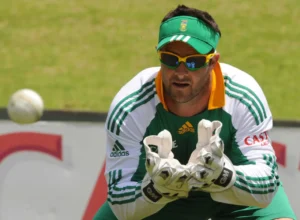Embark on a riveting exploration of the South African national cricket team, affectionately known as the Proteas, as they traverse through a tapestry woven with sporting prowess, political turmoil, and unwavering determination. From their humble beginnings in the 19th century to emerging as a formidable force on the international stage, the Proteas' journey encapsulates the essence of resilience, adaptability, and triumph over adversity. Through this narrative, we unravel the intricate threads of their history, significant achievements, iconic players, World Cup sagas, and the promising horizons that beckon the future of South African cricket.

South Africa National Cricket Team
Team Information
| Captain | Temba Bavuma |
| Location | South Africa |
| Association | Cricket South Africa |
| Coach | Shukri Conrad (Test); Rob Walter (Limited Overs) |
| First T20I | v New Zealand at Wanderers Stadium, Johannesburg; 21 October 2005 |
South Africa National Cricket Team Stats & Records

South Africa National Cricket Team
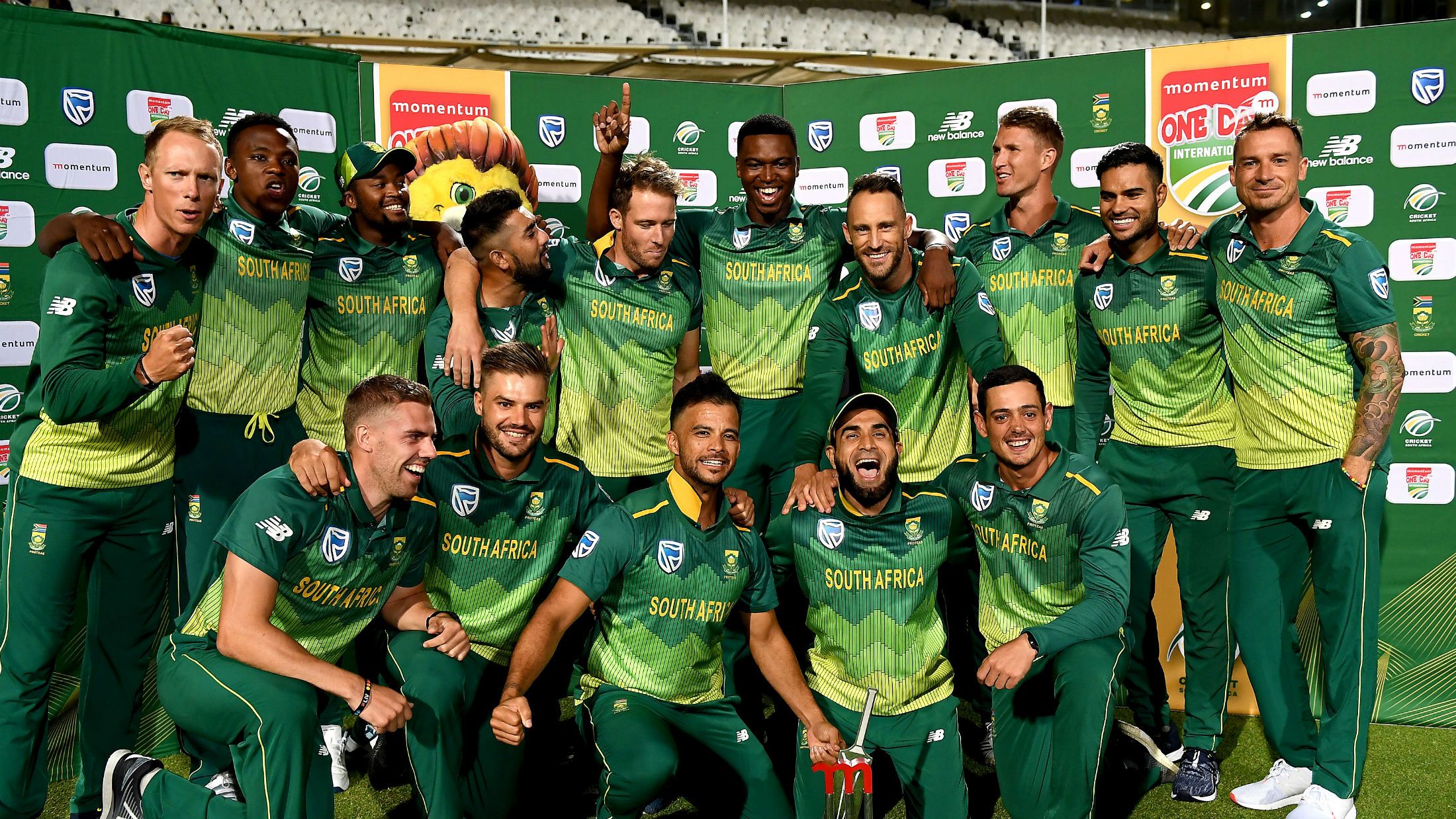
The South Africa National Cricket Team, commonly known as the Proteas, has a rich history marked by notable victories, memorable players, and a unique journey through political landscapes.
Over the years, this team has made a profound impact on the international cricket scene, showing resilience and adaptability. Yet, as with any sporting entity, it has faced controversies and challenges that have shaped its narrative.
What factors have contributed to their past success and how might they influence the Proteas’ future on the international stage?
- South African cricket, with roots in the 19th century, reflects the nation's socio-political history and resilience.
- The Proteas have marked significant victories, including a record-breaking chase and top spots in ICC rankings.
- Impactful players like Graeme Smith, Jacques Kallis, and AB de Villiers have shaped the team's legacy.
- The future of South African cricket lies in nurturing young talent, investing in infrastructure, and adopting advanced technologies.
History of South Africa Cricket
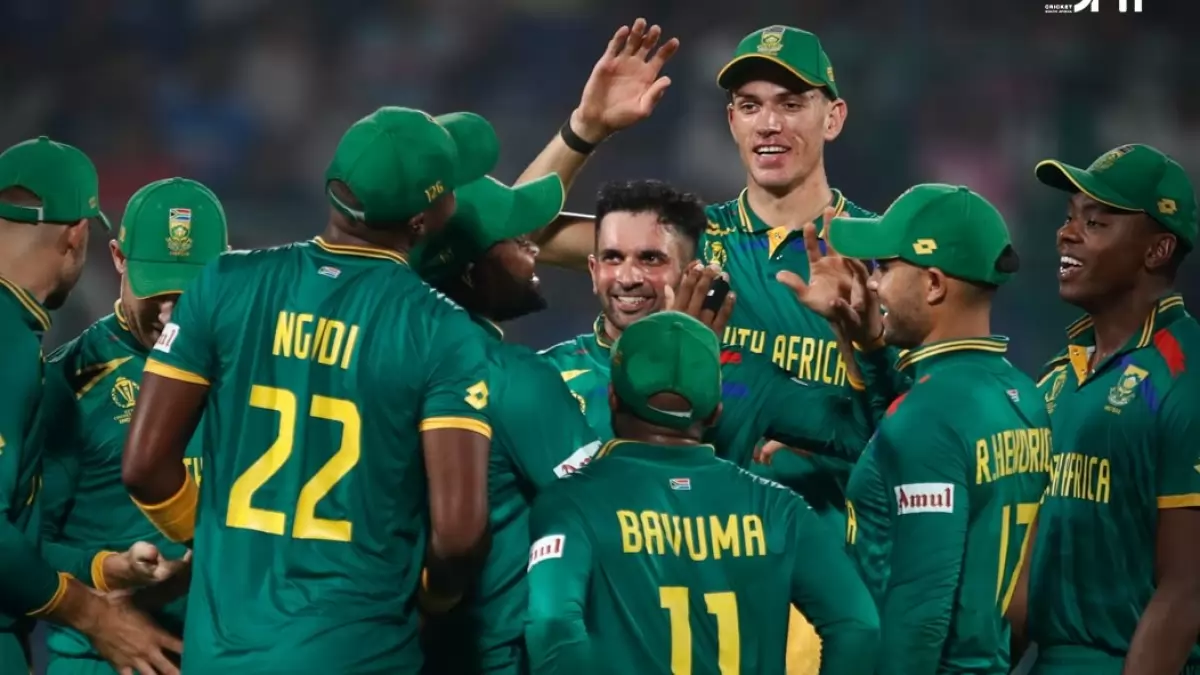
The history of South African cricket, steeped in both sportsmanship and socio-political upheavals, is marked by distinct periods of growth, international isolation, and reintegration.
South Africa’s journey towards cricketing excellence began in the 19th century, with its first test match played against England in 1889.
The early 20th century saw South Africa consolidate its position in the international cricketing community, with notable players like Herbie Taylor and Dudley Nourse showcasing their prowess in the game.
However, South Africa’s cricketing journey was marred by the country’s apartheid regime, leading to international isolation in the 1970s.
Despite this setback, South African cricket demonstrated resilience and adaptability. The post-apartheid era marked a significant turn, with the team’s reintegration into international cricket in 1991.
This period was characterized by the emergence of a new breed of cricketers, who were representative of the country’s racial diversity and committed to excellence in their performance.
The South African cricket team’s journey, hence, is not just a story of sport, but also a reflection of the country’s socio-political history, with its struggle, transformation, and liberation.
Proteas’ Significant Achievements
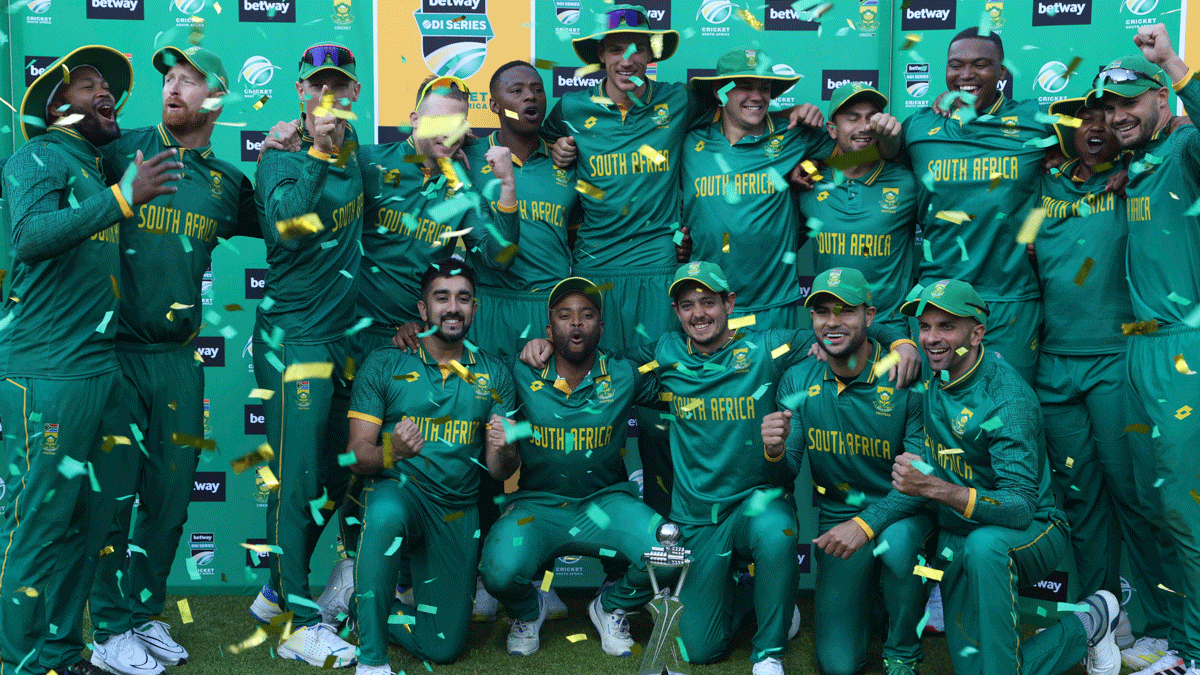
In the domain of cricket, the Proteas have amassed a number of remarkable accomplishments that have cemented their place in history.
Their journey from international isolation to world-class competition has been marked by significant victories and milestones.
The Proteas have displayed a level of excellence that transcends the field, establishing a reputation for resilience and commitment.
Here are the Proteas’ significant achievements:
- Their maiden Test series victory in England in 2008 signified their arrival on the global stage.
- In 2012, they reached the pinnacle of Test cricket, clinching the number one spot in the International Cricket Council (ICC) rankings.
- A momentous achievement was winning the inaugural edition of the ICC KnockOut Tournament in 1998.
- The Proteas’ record-breaking chase of 434 runs against Australia in 2006 remains etched in cricketing folklore.
These feats underscore the team’s tenacity and ability to rise to the occasion. The Proteas’ achievements not only represent their prowess but also symbolize a nation’s desire for liberation and recognition on the global stage.
Key Players Over the Years
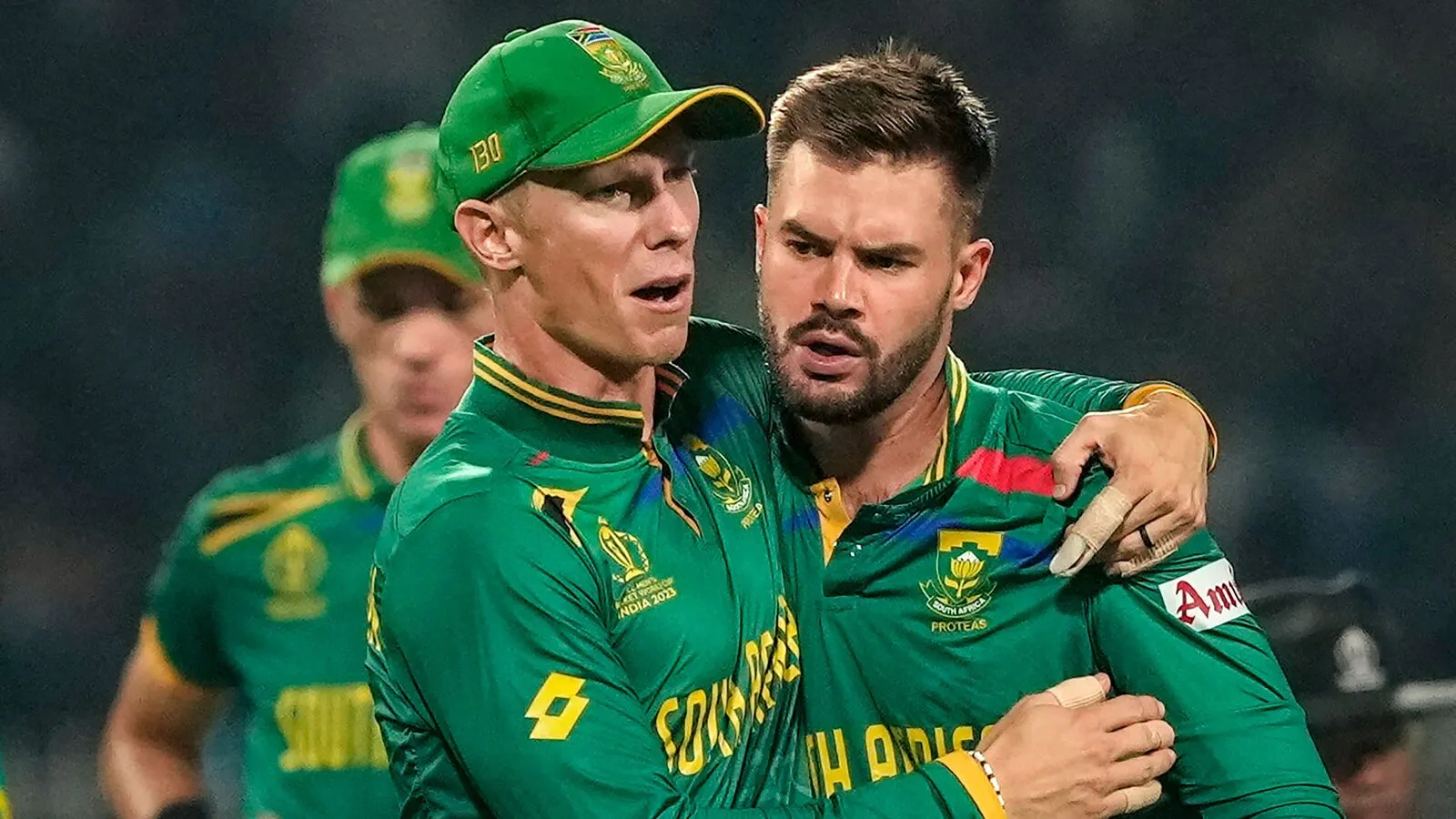
Certainly, the Proteas’ impressive record is a sign of the exceptional talents and dedication of several key players who have graced the team over the years.
Graeme Smith, for instance, stands out as an influential captain and effective opening batsman. His leadership transformed the team’s ethos, instilling a sense of resilience that has continued to define the Proteas.
The powerful all-rounder Jacques Kallis, with his combined batting and bowling skills, is another critical figure.
His ability to consistently deliver performances under pressure contributed significantly to the team’s stability.
AB de Villiers, renowned for his innovative batting style and agility behind the stumps, is another notable player, his versatility contributing to the team’s diverse tactics.
Similarly, bowlers like Dale Steyn and Makhaya Ntini have left indelible marks. Steyn, with his ferocious speed and swing, has been a potent weapon, while Ntini’s endurance and consistency have made him a reliable asset.
These players, among others, have not just performed exceptionally but also inspired their teammates, perpetuating the Proteas’ legacy of excellence. Their contributions have been pivotal in shaping the South African cricket narrative.
South Africa in World Cups
South Africa’s performance in the World Cups presents a significant chapter in their cricketing history, characterized by notable victories, unexpected defeats, and periods of intense competition.
Their journey in the international arena has been a roller coaster ride, filled with instances of phenomenal play as well as heartbreaking losses.
Despite their undeniable potential, the team has often been unable to clinch the title, a reality that has left fans and players alike yearning for liberation from this recurring pattern.
A deeper understanding of South Africa’s World Cup history can be gained by considering the following points:
- Their first appearance in the World Cup in 1992, after the end of apartheid, was marked by a promising semi-final finish.
- The infamous 1999 semi-final against Australia, where a run-out resulted in a tie, ending their campaign.
- The 2003 World Cup, hosted by South Africa, ended in disappointment as they failed to move past the group stage.
- The 2015 tournament witnessed their best performance yet, with the team reaching the semi-finals once again.
Future Prospects of Proteas

Looking ahead, the Proteas face intriguing challenges and opportunities in their quest for future cricketing glory.
The South African Cricket Team is a pool of immense talent, with young players showing immense promise.
The team’s management and coaching staff have been focusing on nurturing this talent by providing them with the best training and development opportunities.
| Future Prospects | Potential Impact |
|---|---|
| Development of young talent | It could lead to a stronger, more dynamic team. |
| Investment in infrastructure | It can provide better training facilities, aiding player performance. |
| Adoption of advanced technology | Use of data analytics can improve strategy and decision-making. |
| Strong leadership | Effective leadership can foster team spirit, improving overall performance. |
However, the team also faces challenges such as inconsistent performance and the need for stronger leadership.
The Proteas will need to demonstrate greater consistency in their performance while ensuring the development of the next generation of cricket players.
Additionally, they need to invest in advanced cricket technology to improve their strategies and decision-making.
With the right focus, dedication, and commitment, the Proteas have the potential to become a dominant force in the world of cricket in the future.
Conclusion of South Africa National Cricket Team
To sum up, the South Africa national cricket team, known as the Proteas, has a rich history filled with important achievements and notable players.
Despite facing challenges, their performances in World Cups showcase their resilience and prowess.
With promising future prospects, the Proteas are expected to continue their legacy in the world of cricket, contributing meaningfully to the sport’s dynamism and competitiveness globally.
Frequently Asked Questions (FAQs)
What Is the Selection Process for the South Africa National Cricket Team?
The selection process involves rigorous talent scouting, performance review of players in domestic leagues, followed by assessments by the selection committee, ensuring the best talent represents the team on the international cricket platform.
Who Are the Current Sponsors of the Proteas?
The Proteas’ current sponsorship is a blend of several entities. Prominent among them are Standard Bank, Momentum, and Castle Lager, which financially support their endeavors, enhancing their performance and visibility on the global stage.
How Does the South Africa National Cricket Team's Training Regime Look Like?
The training regimen entails rigorous physical exercises, cricket-specific skill development, mental conditioning, and nutritional guidance. It is designed to enhance players’ endurance, strength, agility, and technical proficiency for peak performance on the field.
What Are the Team's Community Outreach or Charity Initiatives?
The team engages in various community outreach and charity initiatives, including player appearances, fundraisers, and youth cricket development programs. These initiatives aim to foster a love of the sport and aid community development.
What Is the Economic Impact of Cricket in South Africa?
Cricket contributes substantially to South Africa’s economy through job creation, tourism, and infrastructure development. It stimulates local economies, attracting international investment and fostering a sense of national pride that transcends economic value.



